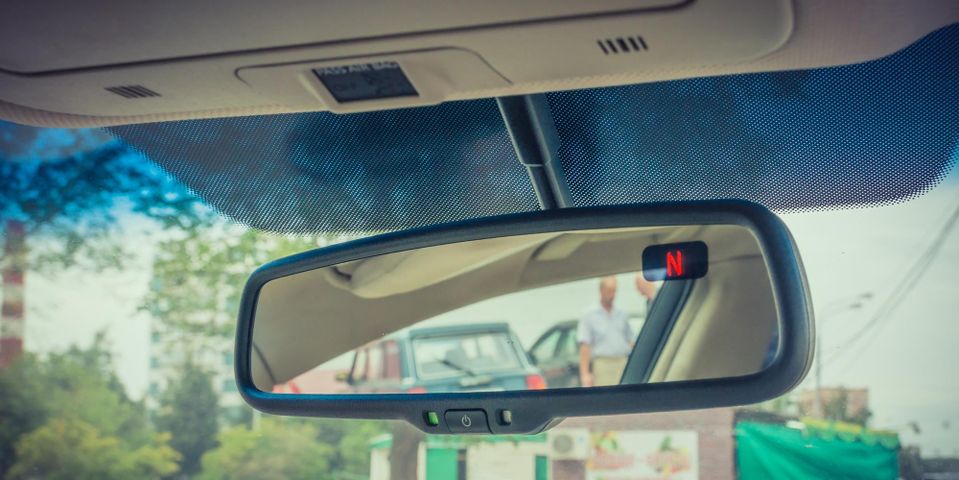A Guide to the Black Dots on Your Windshield

A car windshield not only allows you to safely see the road while driving, but it also protects the structural integrity of the frame and cabin. Most people, however, don’t know much about auto glass. For instance, if asked about the black dots running along the top of the glass, many drivers would have no idea what their purpose is. If this sounds like you, use this guide to understand how your windshield operates.
What Are the Black Dots & Lines on a Windshield?
The black band and dots you can see running along the perimeter of your windshield, usually seen at the top of the auto glass, is known as the frit. It is a black enamel band that has been baked into the edges of the windshield and is used to bond the glass with the frame of the vehicle. Auto glass repair and replacement technicians use this marker to identify where the glass should be placed against the frame.
What Benefits Do They Provide?
 In addition to providing a bonding point, the frit covers the adhesive to create a sleek appearance. Additionally, while the inside of the band allows the adhesive to stick to the vehicle, the outside acts as a UV radiation shield to prevent the rays from weakening the adhesive.
In addition to providing a bonding point, the frit covers the adhesive to create a sleek appearance. Additionally, while the inside of the band allows the adhesive to stick to the vehicle, the outside acts as a UV radiation shield to prevent the rays from weakening the adhesive.
The dots leading away from the band are commonly used to create a seamless transition from the black edge to the clear windshield. However, they also provide some shade and will help to reduce the amount of heat radiating through the glass. Some manufacturers also design the dots to work as semi-visors in order to reduce sunlight glare.
When your windshield has chips or cracks that impact the frit or cause other visibility issues, turn to Capital Auto Glass in Lincoln, NE. This team has multiple decades of experience providing windshield repairs and installations. They offer repairs and replacements for all makes and models and can also travel to your location. Call them today at (402) 421-6653 to get a quote for repairing or replacing your broken car window, and visit their website to learn more about their services.
About the Business
(11 reviews)
Have a question? Ask the experts!
Send your question

